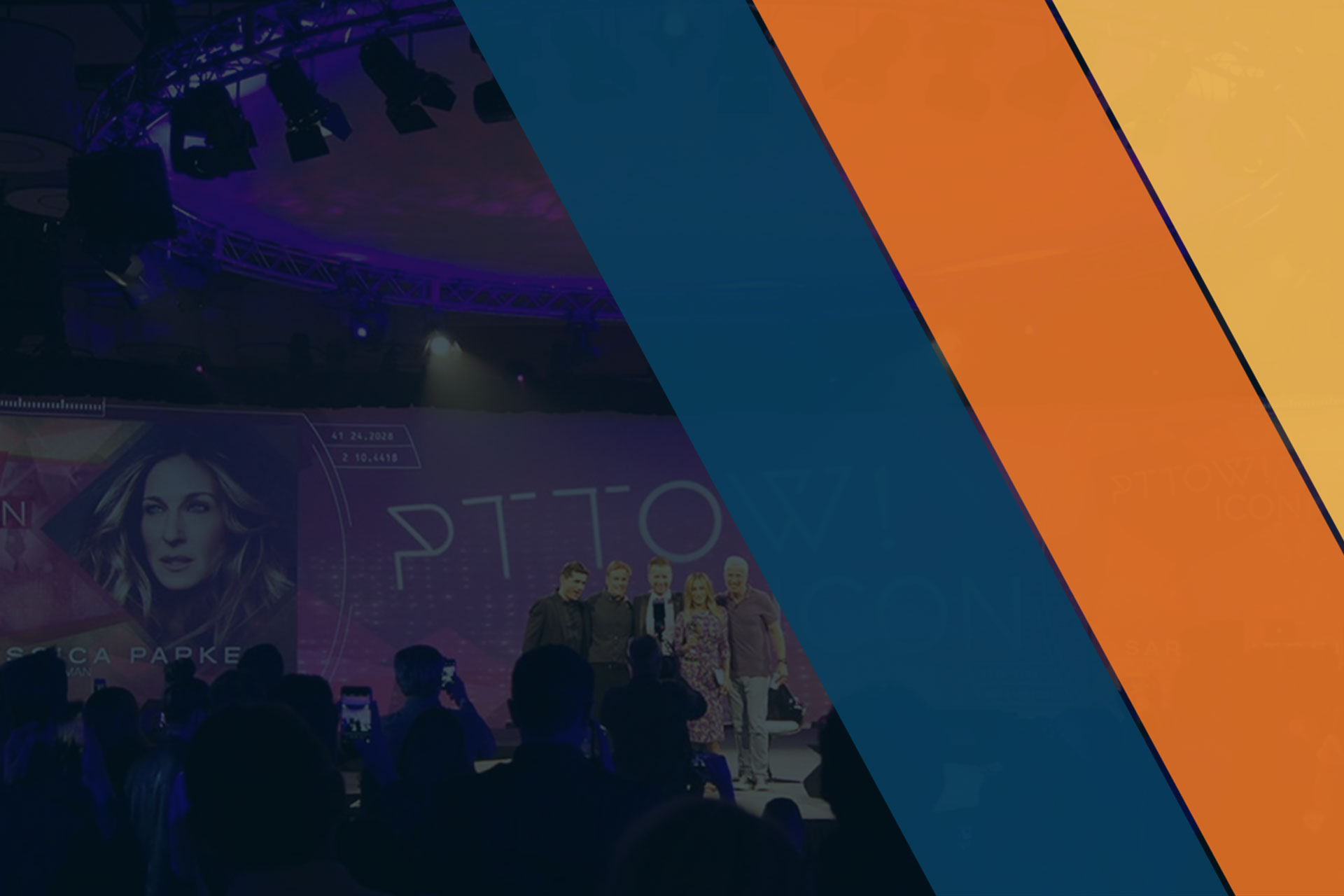

How to Pack Your Event with Personality
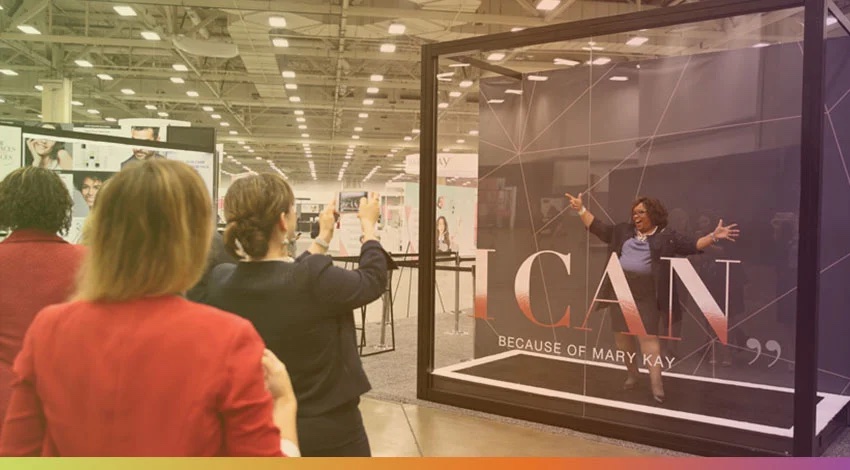
Having a “unique experience” is a key reason most people attend an event.
Of course, before you begin building distinctive experiences for your attendees, you need to make sure the basic fundamentals are in place. So, let’s assume you’ve nailed the logistics and everything is set to run smoothly, now the creativity and fun work can begin!
There are two fundamental inputs that can inform the development of distinctive experiences.
-
A deep understanding of your brand
-
Insight into the target audience
Let’s start with the brand. By definition, a “brand” is designed to set your company apart from others – to give customers, prospects and even employees something to latch onto, to believe in. Ask yourself: what makes our brand unique? What are the key attributes that we embody? Helpful exercise – imagine if your brand were a car, what model it would be? Or, a celebrity – who would be your ideal spokesperson? Celebs are very good at making themselves distinct and memorable.
Now, let’s consider the audience. What kind of stuff are they into? Are they all data geeks? Are they baseball fans? Do they love to shop? Gaining insight into their psychographics can give you many starting points for the creative conversation. And how do you get this insight? You can simply ask them or conduct a survey.
These inputs should inspire creativity. Summarize your insights into a creative brief or presentation deck and share them with your idea team.
While relevance to the brand and attendee interests are critical components to creating distinctive experiences, there are also a number of best practices you might consider when designing your program:
Design for Immersive Impact
People visit the Apple Store, at least in part, because of its distinctive design. They go to Disneyland to be immersed in that world. Whatever your aesthetic is, the design of an environment really matters. And don’t forget that design extends well beyond signage: lighting, sound, and even touch, taste and smell. By definition, a physical event is multi-sensory and provides an opportunity to immerse people in a style that connects to your brand and to their interests.

Find an Interesting Event Space
People who look at screens all day (and who doesn’t?) crave unique experiences in interesting places. The trend in event marketing is finding interesting destinations. Offbeat places pique attendee interest and push them out of our comfort zone, opening them up to new experiences.
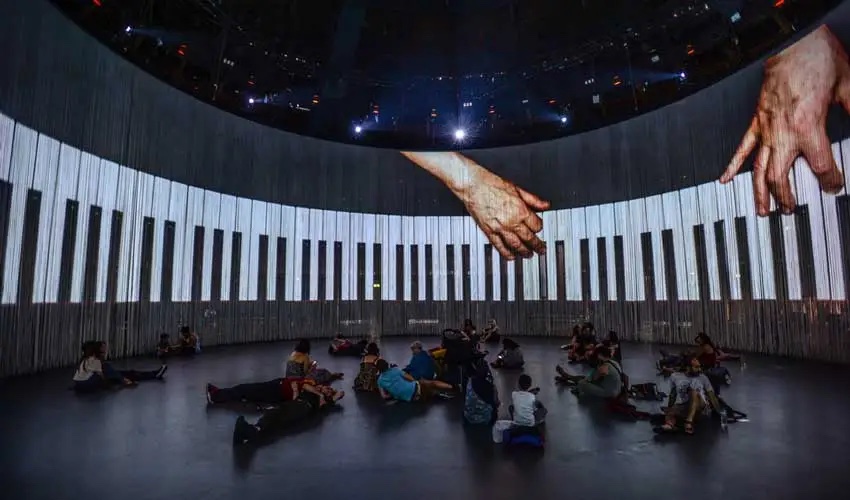
Surprise and Delight Attendees
Nobody likes a boring event. Yes, you need to make sure people are well fed and watered, but it is also your job to keep them interested. And one technique is to surprise and delight them with unique and memorable experiences. Identify moments in the event when you can do something unexpected and go for it – your attendees will remember (and share!) these moments.
Thoughtfully Integrate Technology
We live in a digital/physical world, and there is so much technology innovation available to event marketers that it’s easy to suffer choice paralysis. But technology is a must and people go to events to see and have tech experiences they can’t get anywhere else. Begin your technology discussion not by talking about what technologies are trending, but rather, what amazing experiences do you want to create. For example, finish the question: “Wouldn’t it be cool if attendees could…?” When you get a list of ideas, then consider what technology is needed to make the experience happen.
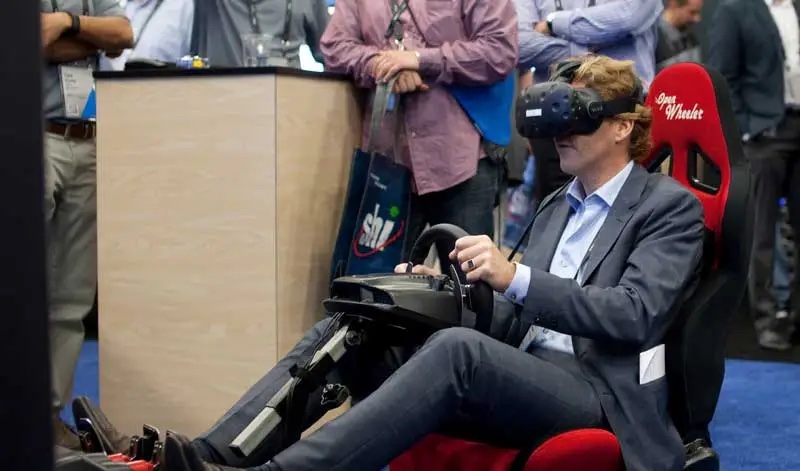
Have Fun with Branding
We all have to contend with and adhere to brand guidelines but most of these documents focus on two-dimensional expressions of the brand. Event marketers are creating brand experiences in three-dimensional, physical environments. Look at ways to flex your brand into unique experiences. Try incorporating brand colors into table d&eeacute;cor, displaying your brand messaging within a photo booth, or even integrating your branding in food presentations. The possibilities are endless.
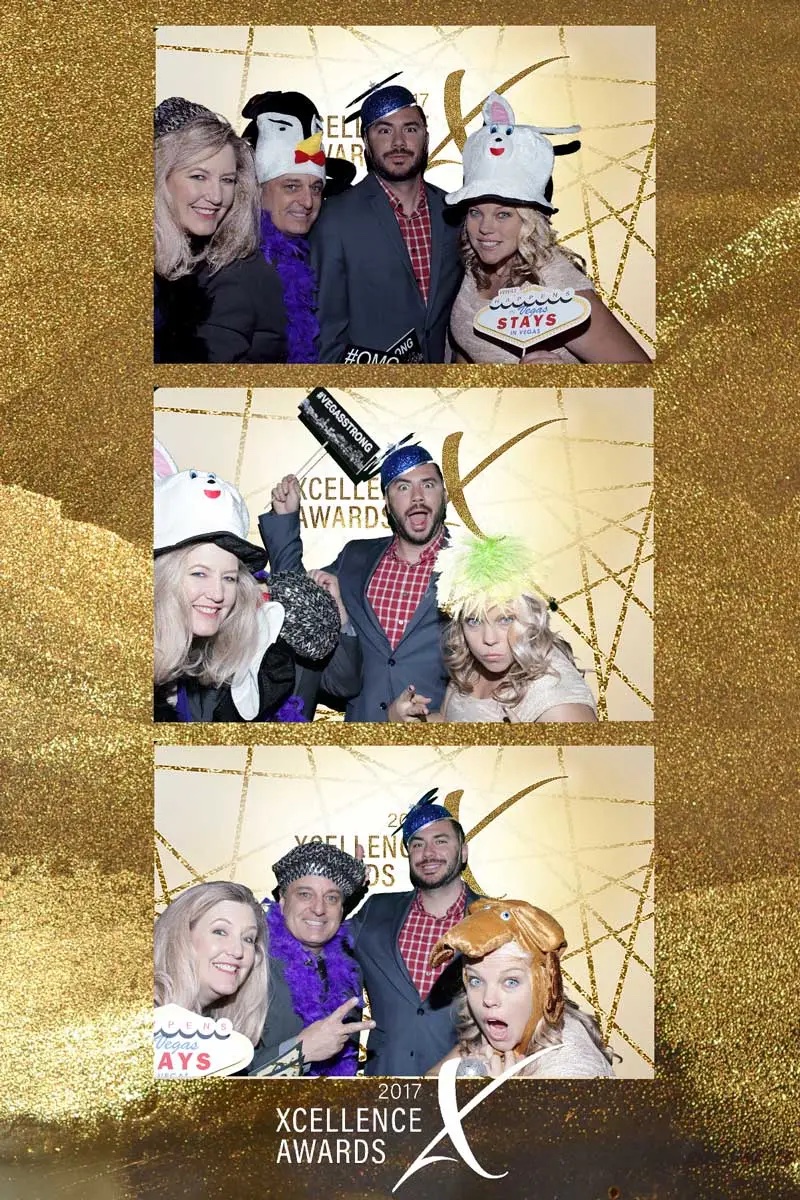
To create the right strategy, you need to have the right guidance. Our ON Services Events experts can get you started and keep you on track.

